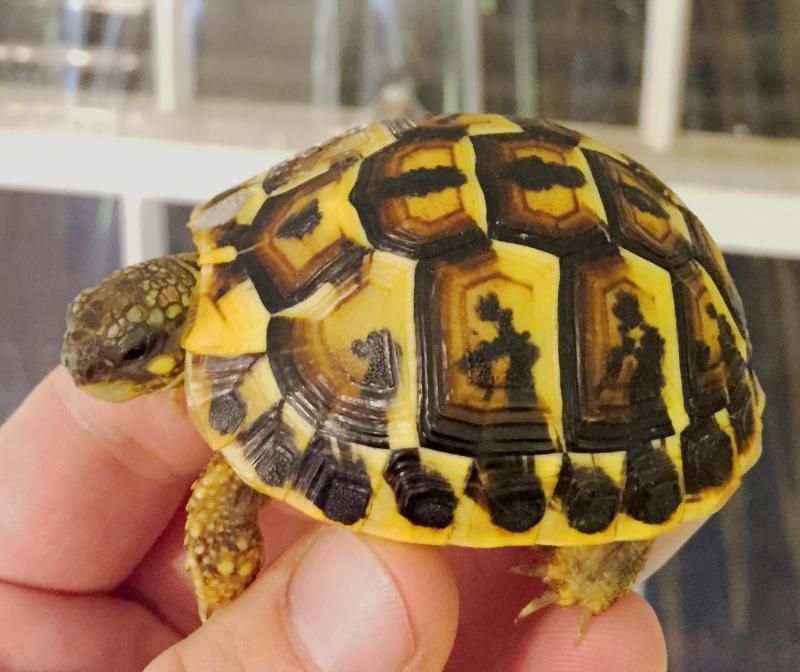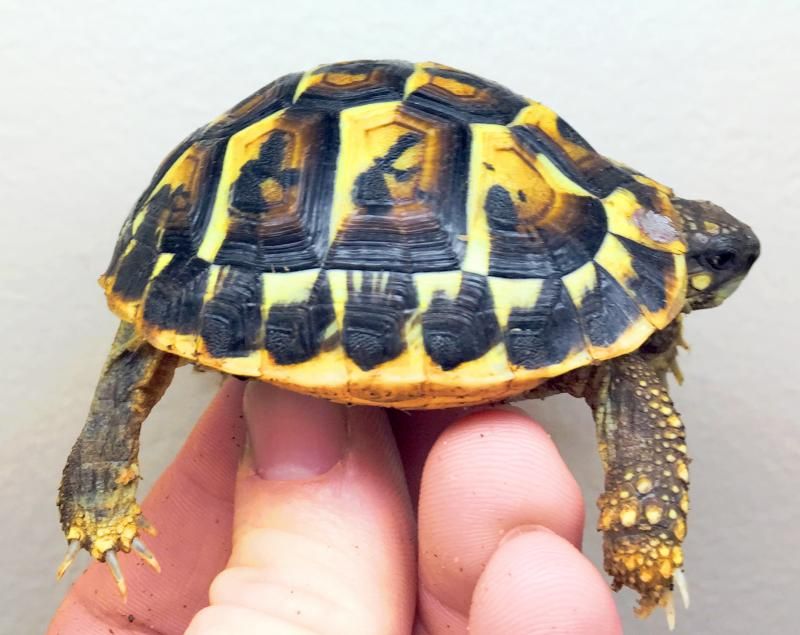The elusive care sheet that everyone refers to seems to not be easily found via tapatalk, which is all I use for this and several other forums. That said... I found a link and it completely changed what I am doing and what I plan to do with my Hermanns.
I'm going from a closed vivarium to a table, keeping my pair instead of selling one, and looking for alternate food supplies away from my produce sections... which will be used in moderation.
Just wanted to publicly thank HC and all the fine work he's doing, so thanks!

I'm going from a closed vivarium to a table, keeping my pair instead of selling one, and looking for alternate food supplies away from my produce sections... which will be used in moderation.
Just wanted to publicly thank HC and all the fine work he's doing, so thanks!



